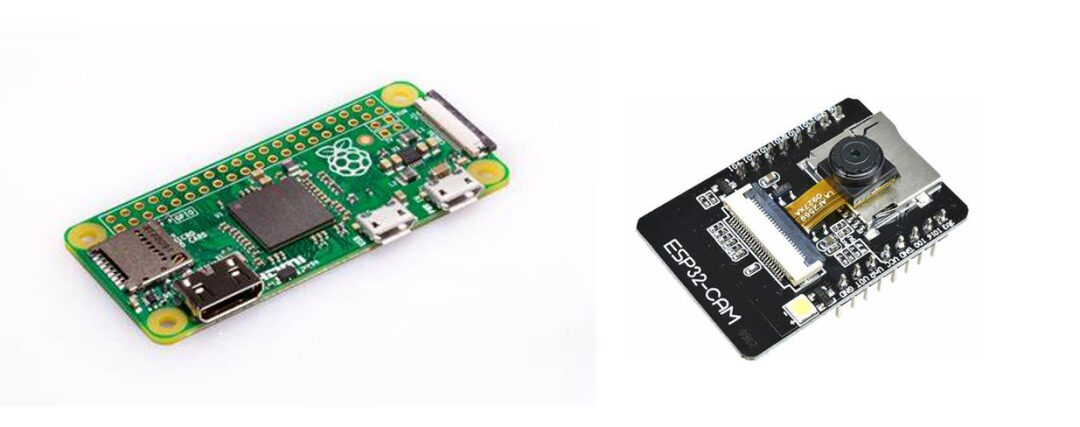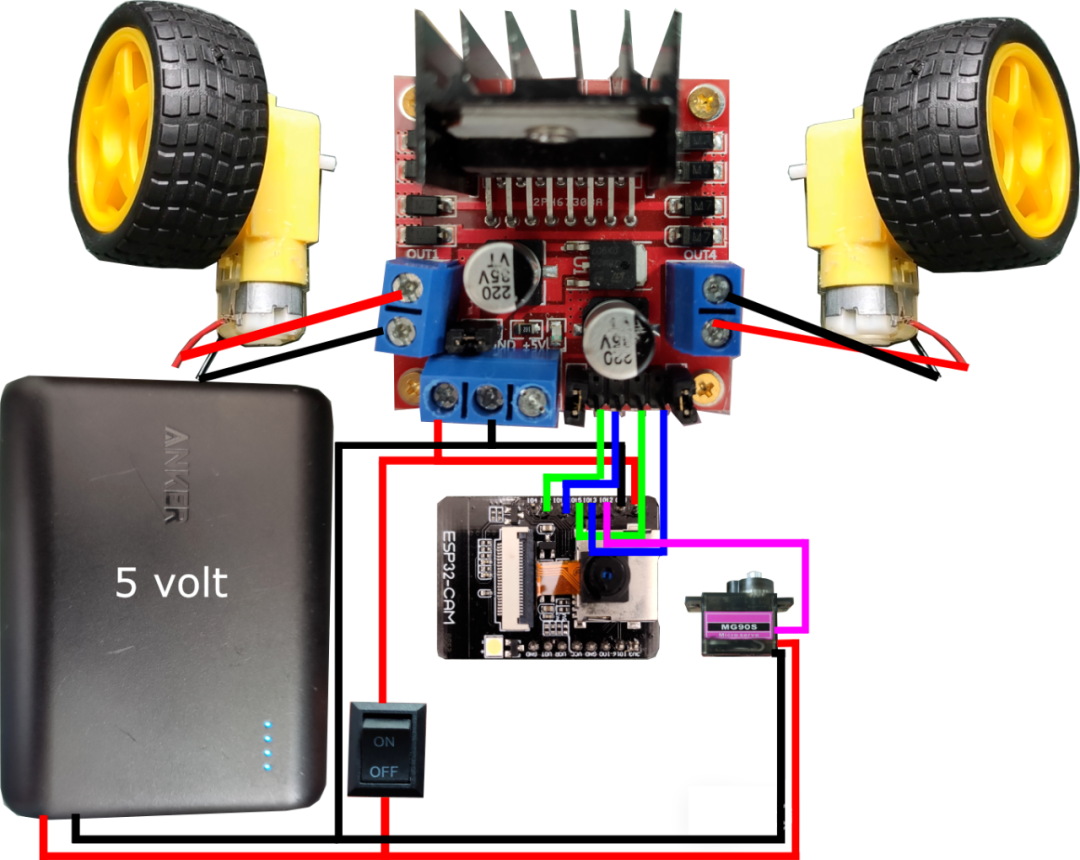The Internet of Things and embedded systems are booming, providing developers with a wealth of choices. Among them, the ESP32/8266 and Raspberry Pi are two highly popular development boards that are often compared. They are both known for their low cost but have significant differences in performance, functionality, and application scenarios. This article will help you choose the development board that best suits your needs based on practical applications.

ESP32/8266: The Micro Giants of the IoT Era
The ESP32/8266 series microcontrollers, launched by Espressif, are known for their ultra-low power consumption and built-in Wi-Fi (ESP32 also includes Bluetooth) capabilities. The ESP8266, as a pioneer, quickly gained popularity due to its cost-effectiveness and ease of use. The ESP32, on the other hand, is an upgraded version with a more powerful dual-core processor, larger memory, and richer peripheral interfaces, further expanding its application range. They are typically used in scenarios that require wireless connectivity and low power consumption.

Raspberry Pi: A Powerful Microcomputer
The Raspberry Pi series single-board computers are developed by the Raspberry Pi Foundation, aimed at promoting computer science education. However, their powerful capabilities also make them an ideal choice for numerous embedded projects and IoT applications. The Raspberry Pi runs a complete Linux system, has a powerful CPU, and sufficient memory to run various applications and connect with various peripherals through rich interfaces.
In-Depth Comparison: The Battle of Performance and Functionality
There are significant differences in performance and functionality between ESP32/8266 and Raspberry Pi. The processing power and memory of ESP32/8266 are far less than that of Raspberry Pi, making them more suitable for handling relatively simple tasks such as data collection, sensor control, and basic network communication. However, their low power characteristics make them very suitable for battery-powered devices and IoT applications that require long-term operation.
Raspberry Pi, on the other hand, provides a complete computing platform capable of handling more complex algorithms and tasks, running a fully functional operating system. It is better suited for applications requiring high-performance computing and graphics processing, such as robotic control, image recognition, and complex network servers.

Application Scenarios: Know Yourself and Your Enemy, and You Will Never Lose a Battle
The key to choosing a development board lies in clarifying your application scenario.
-
• Ideal application scenarios for ESP32/8266:
-
• Low-power wireless sensor networks
-
• Smart home control devices (e.g., smart bulbs, smart plugs)
-
• Wearable devices
-
• Simple network control systems
-
• Embedded systems that need to run simple programs independently
-
• Ideal application scenarios for Raspberry Pi:
-
• Home media centers
-
• Complex robotic control systems
-
• Network servers
-
• Image recognition and machine learning
-
• Embedded systems requiring a complete operating system and high-performance computing
Conclusion
Both ESP32/8266 and Raspberry Pi occupy important positions in the fields of IoT and embedded systems, but their target application scenarios are quite different. With its low power consumption and wireless connectivity capabilities, ESP32/8266 is the ideal choice for IoT devices; while Raspberry Pi, with its powerful computing capabilities and complete operating system, meets the needs of applications with higher performance requirements. When choosing a development board, it is essential to carefully weigh the specific requirements of the project to select the most suitable tool and ultimately achieve the project goals.